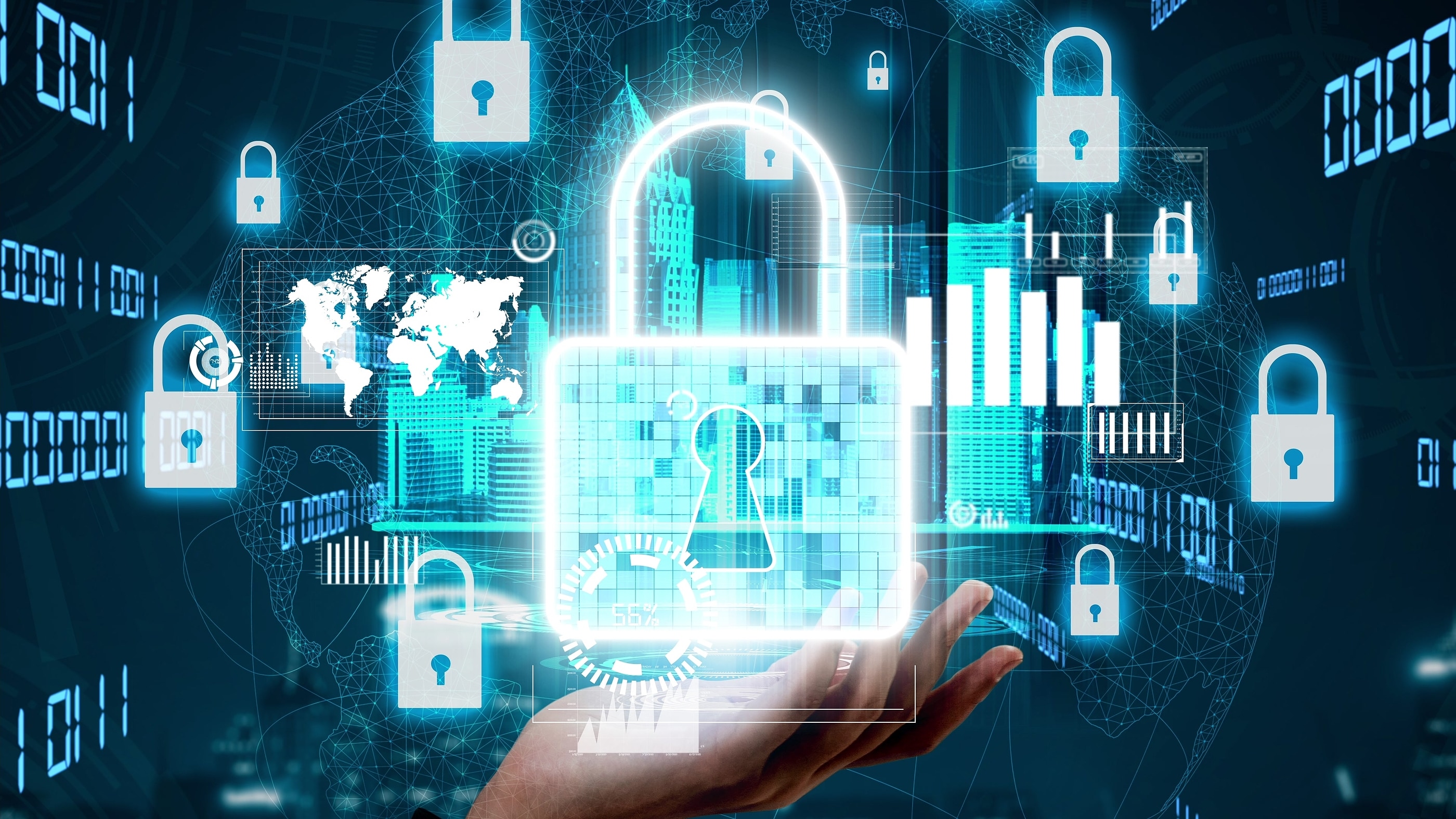
In the last decade, identity management has emerged as an essential component of cybersecurity strategy. The goal is to verify who you are and what you want before granting access to resources, information or computing power. Identity management can improve compliance with laws and regulations while providing needed trust for most real-time interactions. This blog post will explore the benefits of identity management.
Protecting Critical Data.
The value and impact of data have been rising rapidly in recent years. Protecting critical information and reassuring users that they are interacting with trusted parties is vital to avoiding costly hacks, breaches, or losses.
Mitigating Risk.
The threat landscape is becoming more dangerous every day. Identity management systems allow you to reduce risk by establishing trust through identity verification and authorization, then continuously monitoring for threats and weaknesses. Identity data can help detect policy or compliance violations and enable security teams to focus on evaluating risks and investigating suspicious activity.
Decreasing Compliance Costs.
Today, costs for identity management can range from small investments to a huge one or more. Most organizations need to establish and manage identities because of legal requirements or coding standards imposed by standards organizations. In many cases, establishing an identity and verifying it prevents more costly attacks like insider threats.
Enhancing Productivity and Convenience.
A consistent identity management system means more people can log in, reducing the need to re-enter information repeatedly. Identity systems can also handle complex tasks and automate many aspects of workflows, especially when paired with other IT systems like access control and auditing.
Is Identity Management Easy?
The short answer is: no. It’s often a challenging task to set up. Identity management is a business rather than a technical challenge. Organizational structures, the people that occupy them, the relationships between them, and the rules and processes that govern them must be mapped out to build the classification schema for identity data.
As you can see, identity management is vital to keep in order. For one thing, it helps us safeguard our social life and privacy, as well as helps us do our daily tasks with ease. So try keeping up on your identity management.


